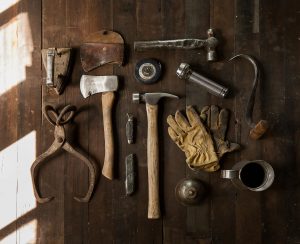32 Using These Tools
“The goal is not to be better than the other man, but your previous self.” The Dalai Lama
Chapter 5 using the tools
Using these tools for Self-Awareness Building
This chapter allows us to really think about what is going on with in us when we experience conflict. These concepts allow us to reflect on and consider:
- what physiological indicators do you experience during conflict
- what psychological indicators do you experience during conflict
- what experiences trigger your brain to go into survival mode
- what strategies can you use to keep your brain under control in conflict
There is no one size fits all approach to keeping yourself calm in high stress, high conflict situations. The ideas presented in this chapter, making stress your friends, breathing, and taking a break, barely touches the surface of the ways in which you can manage your brain. These ideas are just a starting place for you to find your own ways to manage your self physically and psychologically during conflict.
Using these tools for Other Awareness Building
This chapter also allows us to consider what is going on for someone else when they experience conflict and how we can help someone manage themselves during high stress, high conflict situations.
The most important element of helping someones brain reengage is to Actively Listen to them and reflect back what you see them experiencing. Don’t forget to use your EARS:
Empathy
Attention
Reflection
Summary
You can’t start solving a problem when you, or the other persons brain is disengaged. Try your best to not rush to solve the problem, spending time up front actively listening and reflecting pays off in the end. You can also use Reframing as a powerful tool in leveraging someones defensive responses as a way to engage in productive problem solving.
Finding your own style in deescalating someones defensive responses takes time, intention, practice, and patience. Remember to extend respect and empathy during the deescalation process, we are all human and sometimes we react to situations in less than productive ways.
Using these tools for Relationship Building
One thing you can do to help build relationships with the ideas from this chapter, is to help slow down conversations around conflict and problem solving. When our brains are defensive, we are not capable of solving problems. We get stuck, sometimes on a short sighted or unrealistic solution.
Taking the time to really help your own, and the other persons, brain reengage shows that you care enough about the relationship to spend the time working towards a productive and lasting relationship and solution.


